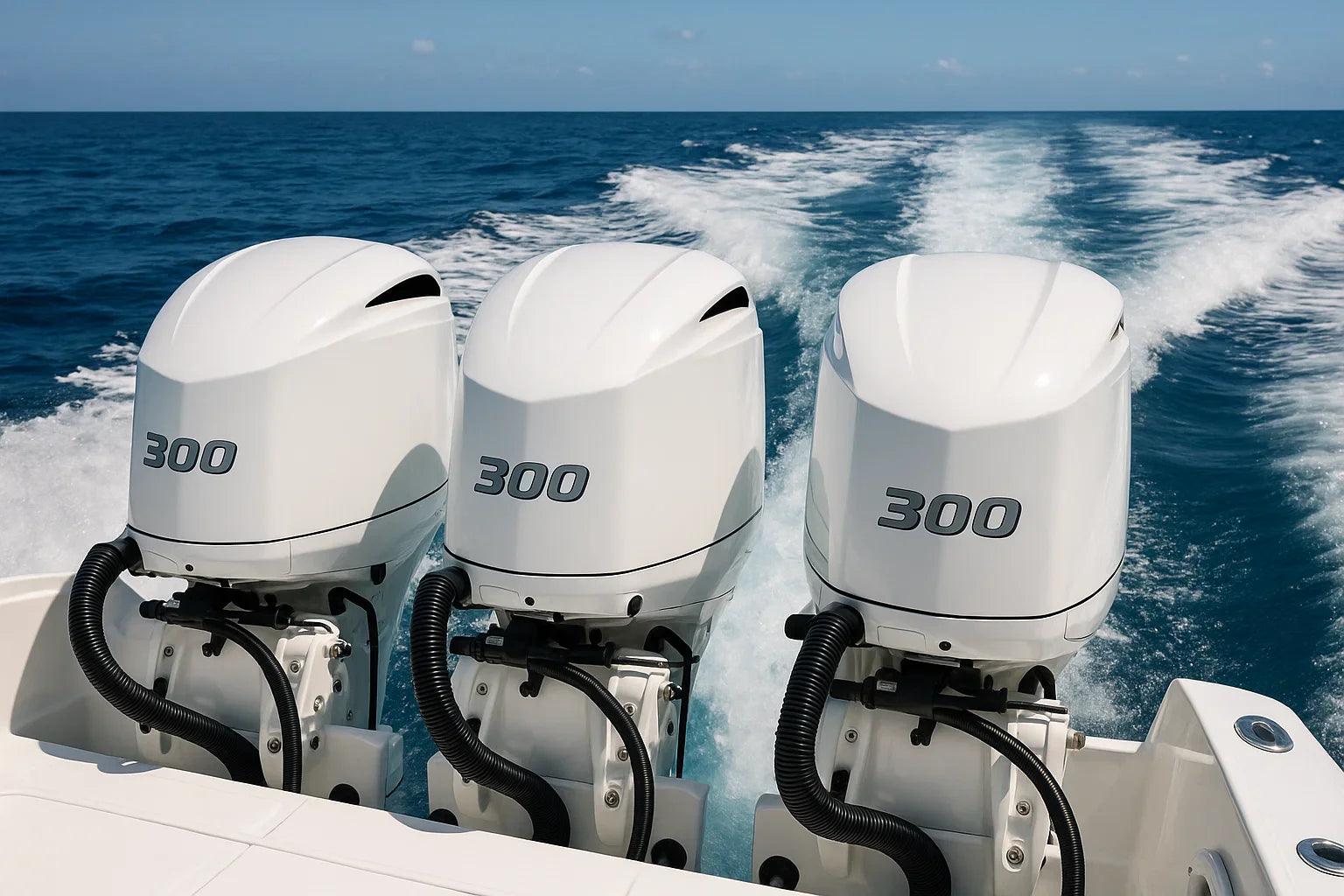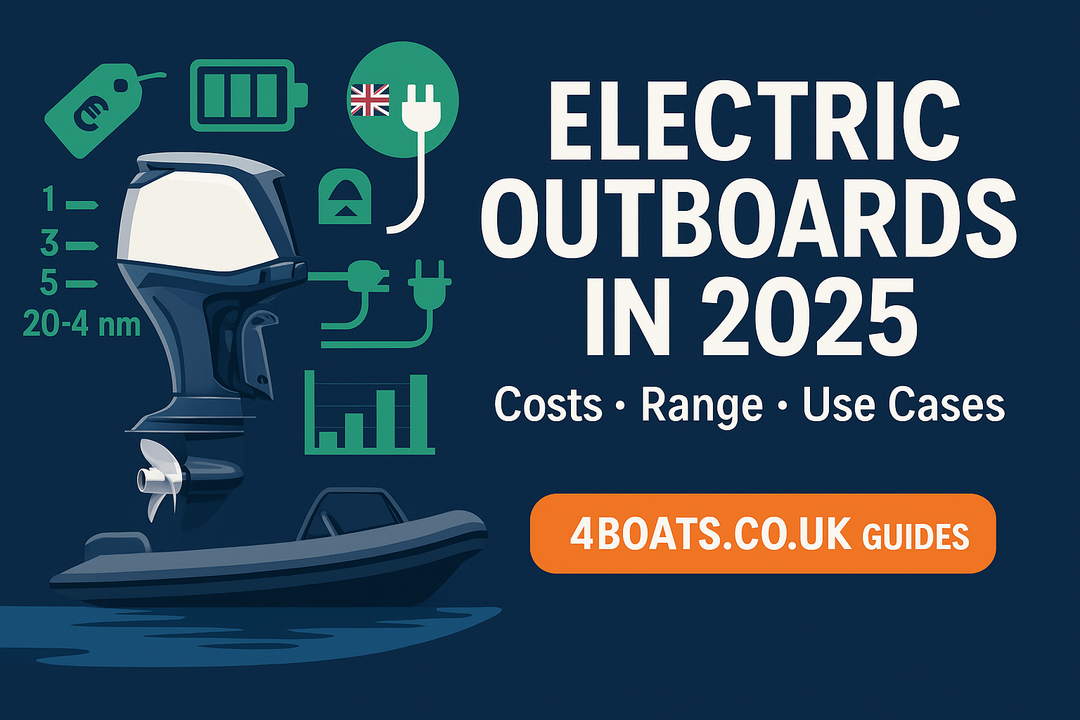Choosing the Right Outboard Motor Shaft Length: Short vs. Long
Selecting the perfect outboard motor for your boat is a critical decision that can greatly influence your boating experience. One of the key factors to consider is the shaft length, with options ranging from short shaft outboards to long shaft outboards. The choice between these two types depends on various factors, including your boat type and the waters you intend to navigate. In this blog post, we'll explore the situations when it's advantageous to use a short shaft outboard and when it's recommended to opt for a long shaft outboard.
Short Shaft Outboards
- Shallow Waters:
Short shaft outboards are ideal for navigating in shallow waters such as rivers, ponds, marshes, or areas with underwater obstructions. Their shorter vertical shaft reduces the risk of propeller damage and ensures the motor doesn't hit the bottom. This is crucial for boating safely in regions with minimal water depth.
- Smaller Boats:
If you own a small boat, like a kayak, a rowboat, or a lightweight dinghy, a short shaft outboard is often the most suitable choice. These motors are lightweight and compact, making them easy to handle and mount on smaller vessels. They offer maneuverability without overwhelming the boat.
- Inflatable Boats:
Inflatable boats are popular for fishing and short trips. Short shaft outboards are an excellent match for these vessels because of their adaptability to varying transom heights and ease of installation. They won't overpower the boat, making for a safer and more controlled boating experience.
Long Shaft Outboards
- Deep Waters:
For boating in deeper waters, such as lakes, coastal areas, and open seas, a long shaft outboard is the preferred option. These motors have an extended vertical shaft that keeps the propeller submerged, ensuring stability and effective propulsion even in rough conditions.
- Sailboats:
Sailboats often require long shaft outboards for maneuvering in and out of marinas, docking, and handling situations with minimal wind. The length of these outboards allows the propeller to reach beneath the waterline, providing better control and reducing the risk of capsizing.
- High Transom Boats:
Boats with higher transoms, like some skiffs or larger fishing boats, benefit from long shaft outboards. The extra length of the shaft ensures the propeller remains submerged, enhancing performance, stability, and safety during operation.
- Trolling:
Trolling, a common fishing technique that involves moving at slow speeds, necessitates long shaft outboards. These motors offer the precise control and minimized disturbance required for this method. They allow anglers to catch fish with less disruption to the water.
Conclusion
The decision between a short shaft and a long shaft outboard motor should be based on your specific boating needs and the characteristics of your vessel. Short shaft outboards excel in shallow waters, smaller boats, and inflatable vessels, while long shaft outboards are better suited for deep waters, sailboats, high transom boats, and trolling. Consider the type of boat you have, your intended use, and the waters you'll be navigating when making this important choice. By selecting the appropriate outboard motor shaft length, you can optimize your boating experience, ensuring both safety and performance on the water.





